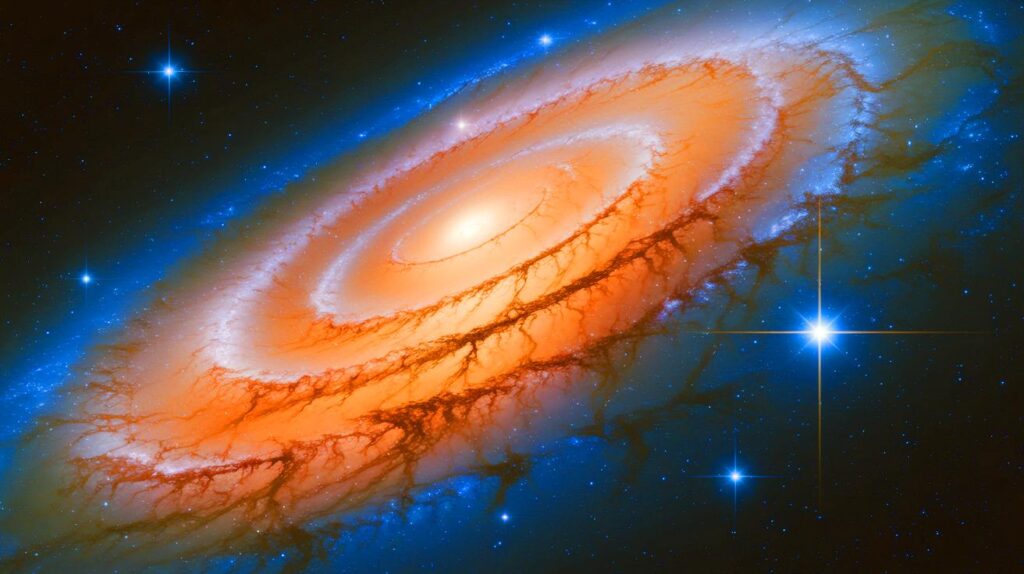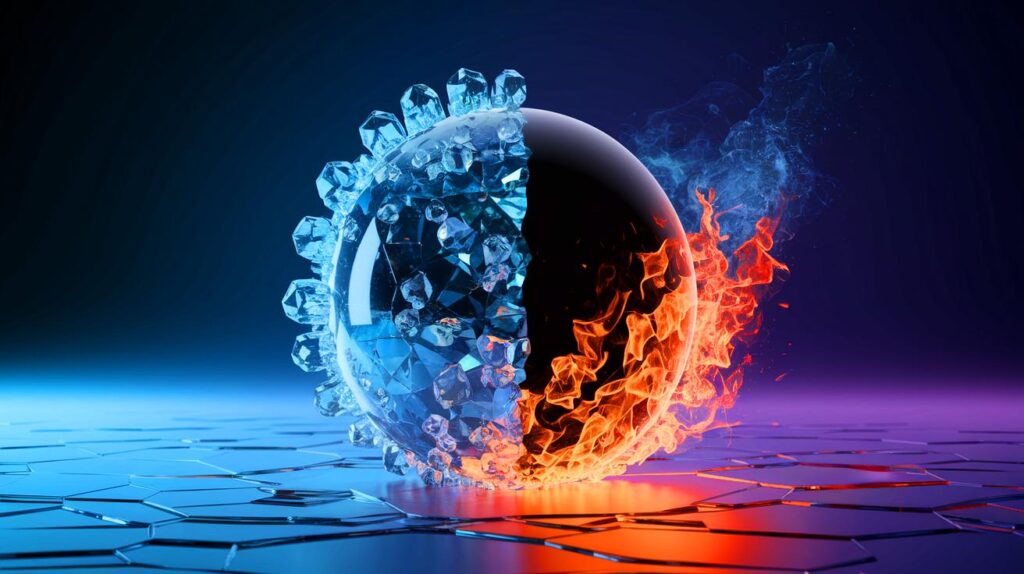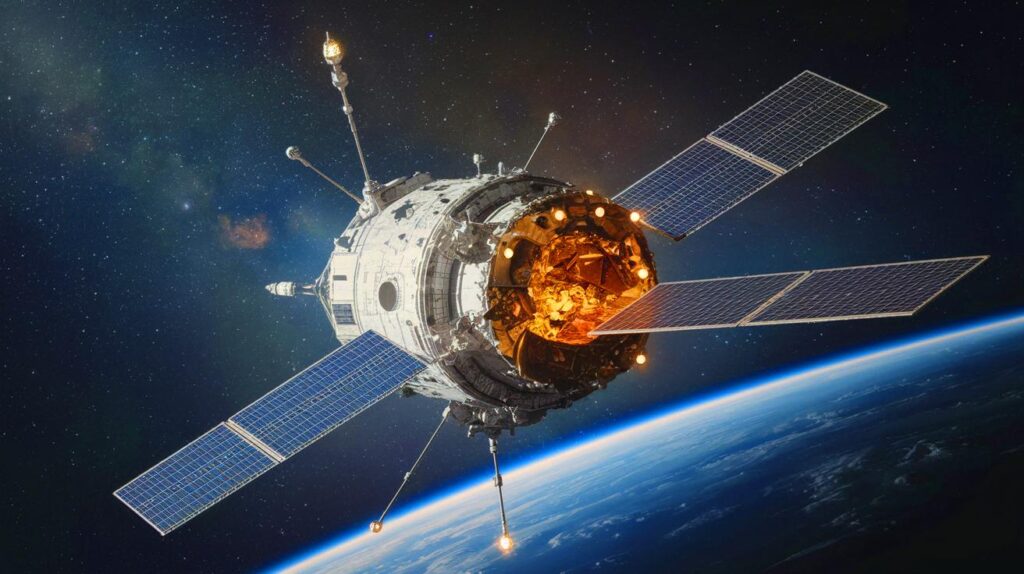| In Brief |
|
For centuries, gravity has intrigued and fascinated scientists around the globe. Brilliant minds like Newton and Einstein laid the groundwork for our current understanding, revealing how this invisible force governs the movement of planets, stars, and even entire galaxies. Yet, when delving into the infinitely small or extreme realms, such as the world of subatomic particles or black holes, gravity becomes a true puzzle. This ongoing mystery may soon be resolved thanks to a bold new theory, the AdS/CFT correspondence, and the promising work of a team of German researchers.
Gravity, Well Understood… on a Large Scale
Gravity is omnipresent in our daily lives. It keeps us grounded, makes planets orbit the Sun, and allows satellites to circle the Earth. Scientists can accurately predict the movements of celestial bodies, calculate tides, and even send probes to explore the far reaches of the solar system.
However, this theory collapses when venturing into corners of the Universe where immensely powerful forces, such as those of black holes, come into play. Likewise, at the level of elementary particles, in the quantum realm, gravity as described by Einstein loses its place. To understand phenomena as extreme as the Big Bang or the interiors of black holes, physicists need a new theory of gravity.
The challenge facing researchers is immense: how to reconcile Einstein’s theory of general relativity, which describes gravity on a cosmic scale, with quantum mechanics, which governs the behavior of subatomic particles? These two theories currently seem incompatible. Physicists thus require new models capable of describing gravity at all scales, including at the quantum level. It is in this quest for quantum gravity that the AdS/CFT correspondence plays a crucial role.
A Key to Deciphering Quantum Gravity
Proposed in the late 1990s, the AdS/CFT correspondence is a groundbreaking theory that may finally offer a bridge between classical and quantum gravity. This correspondence is based on a fascinating principle: it states that a complex theory of gravity in a multi-dimensional spacetime (called Anti-de-Sitter space, or AdS) can be described by a simpler quantum theory at the boundary of that space, similar to a hologram.
Imagine a funnel. Inside this funnel, spacetime is curved, and that’s where complex gravitational phenomena occur. However, at the surface, all around this funnel, gravitational dynamics can be described by simpler equations. In other words, what happens at the surface reflects what happens inside, like a hologram. This idea, while complex, could allow us to better understand previously inexplicable phenomena, such as gravity at the quantum level.
Testing the Theory in the Laboratory
Until recently, the AdS/CFT correspondence remained an enticing theory, but had not yet been concretely tested. This is where the research team led by Professor Johanna Erdmenger at the University of Würzburg, Germany, steps in. These researchers have developed an innovative method to test this correspondence using an experimental device.
They designed an electrical circuit that mimics the curved spacetime. In this system, electrical signals sent to different points of the circuit represent what happens in different locations of spacetime. Thus, gravitational dynamics that are typically inaccessible can be simulated and studied in the laboratory.
The initial theoretical results from the team are promising: calculations show that the dynamics of the electrical signals in this circuit match what is predicted by the AdS/CFT correspondence. This means it is now possible to test this theory in real conditions, paving the way for new advancements in our understanding of quantum gravity.
Major Implications for the Future of Physics
If this theory and the ensuing experiments are confirmed, it could transform our understanding of the Universe on a small scale. The researchers hope that these efforts could illuminate unresolved mysteries, such as the exact functioning of black holes or the conditions that existed at the moment of the Big Bang.
However, the implications do not stop there. These quantum circuits capable of simulating curved spacetime may also lead to technological innovations. According to Professor Erdmenger, these devices could indeed enhance the transmission of electrical signals in technologies such as artificial neural networks used for artificial intelligence. By reducing signal loss through the curvature of simulated spacetime, these circuits could revolutionize how we process data in the future.
The research being conducted in Würzburg is just the first step but represents a significant advancement in the quest for a unified theory of gravity. By combining general relativity and quantum mechanics, the AdS/CFT correspondence could be the key that allows us to understand the Universe at all its scales.
The pursuit of understanding quantum gravity seems to be entering a new era with these theoretical and experimental advancements. As we continue to explore the mysteries of the Universe, could the AdS/CFT correspondence be the long-awaited bridge between the quantum world and general relativity? The answers to these questions could not only transform physics but also have repercussions for future technologies and our overall vision of the Universe. What will be the next step in this fascinating scientific journey?







